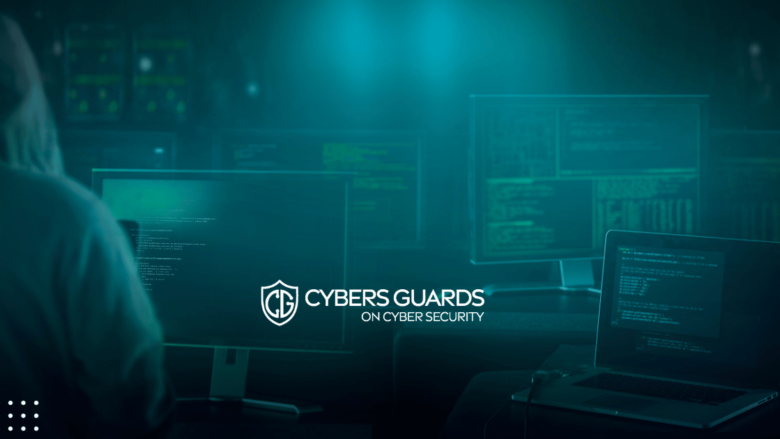Introduction
The surge in cloud services and open-source frameworks has propelled the SaaS ecosystem. Software as a Service (SaaS) models are the modern means to deliver niche-specific solutions. They help address technological barriers efficiently by abstracting the underlying complexities. SaaS encompasses many capabilities that contribute to its massive adoption by businesses and enterprises.
However, multiple SaaS solutions equate to more management and maintenance complexities. The most critical complexity to consider is the security posture. Onboarding a new SaaS solution means enabling third-party controls. External services can brute force and compromise the whole business via SaaS offerings if not careful.
The criticality of performing due diligence with robust security measures when choosing a SaaS service is high. SaaS Security Posture Management (SSPM) tools are bundled with extensive features addressing SaaS security issues. Before onboarding, evaluating what an SSPM tool should be pre-packed with and how it should flexibly fit evolving security needs is important.
What are SSPM Tools?
Before understanding “what is SSPM” and how it is important in the context of SaaS, let us visualize a scenario:
You are a part of the security team responsible for onboarding promising SaaS services. A new SaaS is gaining popularity, and the development team is keen on leveraging its capabilities. You onboarded the SaaS service without performing adequate security checks. However, a mishap in configuration, access policies, data handling, or any factor can compromise the entire system.
Although unintentional and minor, the impact can be huge, and the organization may face regulatory and legal challenges related to compliance. Generally, organizations rely on more than one SaaS solution. The number of SaaS solutions can become a multiplying factor for security vulnerabilities.
SSPM tools equip enterprises with unified offerings to address SaaS-related security and compliance bottlenecks. They can address access, configuration, compliance, and other security issues. Let us understand what functionalities SSPM tools should exhibit.
4 Key Capabilities to Look for Before Adopting an SSPM Solution
SSPM tools should deliver many elegant functionalities to avail higher adaptability by enterprises. On a high level, the SSPM solution should offer the following functionalities:
- SSPM tools should be customizable and flexible, offering easy integrations with existing and new SaaS tools.
- SSPM tools should exhibit capabilities to enforce enterprise-grade security standards on SaaS services.
- SSPM tools should offer functionality to enforce SaaS security aspects and align them with the internal ecosystem while exhibiting cloud-centric and automated solutions.
Promising SSPM tools must encompass the following capabilities for 99% reliability by security teams.
1. Continuous Security Assessments
Periodically assessing existing and new SaaS tools for security vulnerabilities is crucial. These should include enforcement of automated scans to flag misconfiguration and vulnerabilities. This will ensure SaaS security standards are on par with enterprise-level policies. SSPM tools should be capable of defining and conducting continuous or scheduled security assessments.
The assessments should be modulated as re-usable dynamic entities to be applied across SaaS solutions via SSPM tools. Examples include assessments such as verifying existing and new SaaS services against security bottlenecks or pre-defined real-time checks for compliance, access policies, data management, etc.
2. Policy-Driven Governance
Involvement of multiple SaaS tools mandates governance. The governance should enforce how SaaS solutions should operate and consume resources. Policy-driven governance enables organizations to maintain proactive and consistent security policy enforcement. As a result, adherence to access and management policies can be applied across SaaS tools.
Governance also ensures security risks are continuously monitored and maintained. Policy-driven governance is a factor to consider before onboarding SSPM tools. The SSPM tool should help apply data protection, encryption, access controls, and other policies by default.
3. Compliance Management
Cloud adoption and involvement of sensitive data in modern businesses are inevitable. When sensitive data and PII are involved, data protection laws and compliance standards come into play. Ensuring all the SaaS solutions comply with legal and regulatory standards is of extreme importance.
SSPM tools should automate compliance tests and evaluate SaaS services against necessary regulations to proactively address vulnerabilities. They must enable the enforcement of compliance and regulatory policies on SaaS mandating 100% adherence.
4. Real-Time Monitoring and Alerting with Remediations
Continuous visibility into the security status is critical for cloud-based applications, especially SaaS. Real-time monitoring for security posture visibility puts SSPM capabilities on the next level. SSPM tools should ensure security standards align with set regulations while tracking changes in real-time. Organizations can reduce the window of opportunity for possible security threats by leveraging SSPM monitoring capabilities.
Monitoring combined with alerting provides instantaneous identification and responses with a feedback loop. With alerting, impact minimization of security incidents with prompt remedial action can be achieved. By utilizing monitoring and alerting capabilities, remediations can be formulated and applied in real-time to evade security incidents. SSPM tools should offer real-time monitoring, comprehensive monitoring, and automated remediation functionalities.
Conclusion
Managing several SaaS applications can be complicated in the world of SaaS, where we use cloud services for specific solutions. The biggest worry is keeping things secure when new SaaS services are added. This is where SaaS Security Posture Management (SSPM) tools come in. They bring all the security solutions together for businesses and can adapt and change to fit a business’s needs.
Before choosing an SSPM tool, it’s important to check if it can continuously check security, manage how SaaS tools work, handle legal requirements, and monitor and fix security issues in real-time. SSPM tools are not just helpful; they are like a shield protecting a business’s digital space. As we continue to use more SaaS services, picking a strong SSPM tool becomes a good idea and a smart move to keep our digital assets safe.











FIND US ON SOCIALS